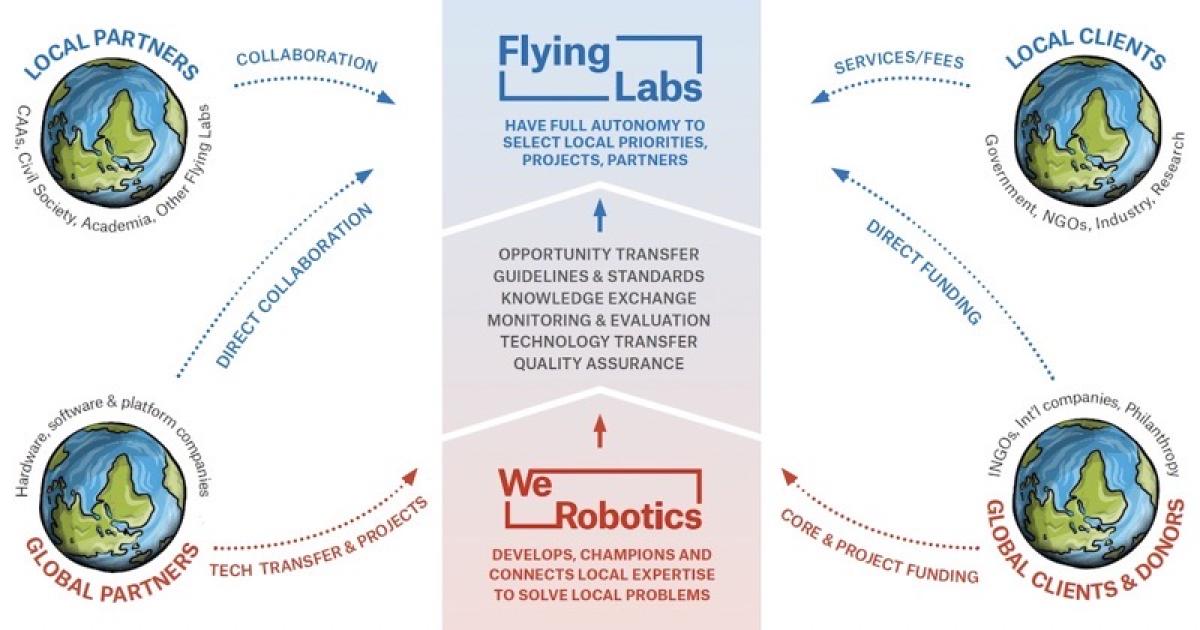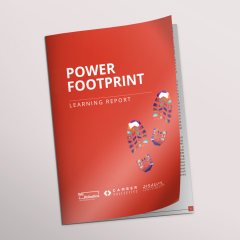
The Majority of Localization Efforts Have Failed. This One Continues to Shine.
January 25th, 2022

What if we told you about a little-known localization model that actually works? Would you be skeptical? What if this model has been co-created and implemented with more than 30 local organizations in dozens of countries across Africa, Asia, Latin America, Central America, and the South Pacific? Still skeptical? Would you remain unconvinced if we added that more than half a decade of evidence confirms the model’s success? You may be wondering why this model appears nowhere in the formal literature or any high-level policy discussions on localization. And yet, it continues to shine.
The localization model we’re referring to is the Flying Labs Model. One reason this model continues to be overlooked may be due to the fact that we (WeRobotics and Flying Labs) haven’t had the time to formally write up this model and evidence in more academic and policy-centric language. Why? Because all of our time over the past 5+ years has been spent co-creating and implementing the localization model. As a result, the Flying Labs Model remains largely invisible to those driving policy and research efforts on localization.
This is a problem. We need to take the time to formally write up the Flying Labs Model if we want to make meaningful contributions to policy and research discussions. This explains why WeRobotics and Flying Labs have teamed up to create a comprehensive report on the Flying Labs Model backed by more than five years of data and evidence. We began the research and writing in early October 2021 and circulated a working draft for peer-review in December 2021. More specifically, we shared the draft with seven leading experts on localization, and their response has been absolutely stellar. They’re all genuinely excited about this insightful and meaningful contribution to the discourse on localization. We’re now busy integrating their feedback and plan to publish the official report in February 2022. Stay tuned!
Recent Articles

